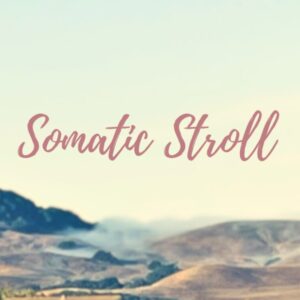In December of 2021, I interviewed for a college teaching position. I was uncertain about whether I wanted to return to the college classroom after experiencing all the transitions and stress of 2020-2021. At that time, it felt like returning to teaching meant jumping into a giant mound of BURNOUT. Everywhere I looked: students, faculty, administrators, I saw overwhelm and exhaustion. I was worried it would completely drain me of any inner capacity I had left. In Econ lingo, the opportunity cost of returning to the classroom was super high. So if I was going to return to the classroom, I needed some shifts.
Leading With Boundaries
The initial shift for me was during the interview. After the initial introductions with the hiring team, I wasted no time in asking direct questions:
- What is the learning management system?
- What are the textbook expectations?
- Am I likely to get a set number of classes assigned each semester?
- Is the department willing to work with my schedule?
I needed to establish my boundaries up front and determine whether this position and leadership would respect them. This was an important shift for me and took courage. In the past, I would spend the entire initial interview answering the hiring teams questions. I would leave my questions for the end or later in a follow-up email. Thankfully, the hiring team was eager to hear my questions and their answers aligned with what I wanted.
The next shifts came as I began to prepare for my classes…
Building It In
The experiences of lockdown, multiple moves, family health crises, and homeschooling (to name just a few) left me feeling exhausted and depleted. I needed to find shifts to build up my inner capacity while also building my course content from scratch (again). The upside of starting from scratch for me (seeking the positive reframe) was that I could be intentional about how my courses were structured. I had the opportunity to integrate social-emotional learning components into the course content. So I aimed to build in tools and space for centering skills to nurture myself, my students, and our collective learning community’s resilience.
Widening The Perspective
Additionally, I wanted to teach my content (Economics) differently. So I began planning for ways to bring in a wider perspective than is traditionally presented in the textbook. By using an Open Educational Resource, online textbook, I had flexibility to mold the content for my classes (and zero textbook cost for my students). My content shift included resources that highlighted different perspectives on the topics we covered in class. First, it felt important to name the narrow representation and perspectives of the “experts” and grandfathers of the discipline in my course. Second, I challenged myself to seek out voices that were often muted in my discipline and amplify them in my classes.
Inviting Co-Creation
In addition to widening the “expert” perspectives in the course, I recognized the opportunity to draw from my students experiences. I wanted to invite my students to help co-create and re-imagine aspects of the course topics we discussed in class. I challenged my students to think about their thinking and consider where those ideas and thought patterns came from. My intention was to nurture our class community, giving space for critical thinking and wrestling with big questions. Through structured group work activities and assignments, I emphasized collaborating skills. I also gave them a feedback framework to guide their group discussions. I reminded each class, there is a wealth of perspectives and life experiences in our learning community and they can help each other and our class as a whole develop new approaches and innovative ideas.
Overall, these shifts helped nurture my own resilience as I returned to the classroom. Each of these shifts energized me in my teaching and continue to sustain me personally and professionally inside (and outside) the classroom.
If you are curious about the specifics of these shifts within my teaching, let me know! And if you are interested in boosting your resilience and learning small shifts to help you find purpose in your day-to-day, please reach out! Let’s get there together!




